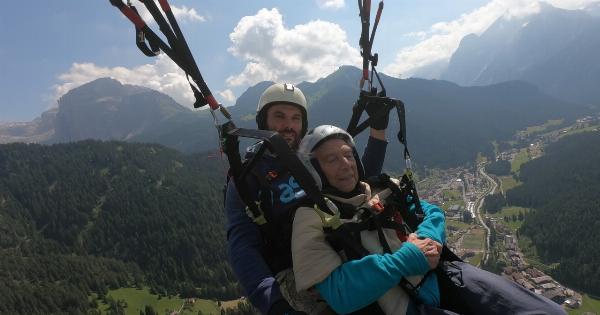A new study published in the Journal of Athletic Training has found that athletes are at a significantly higher risk of suffering from a concussion than non-athletes.
The study, which looked at data from 2011 to 2019, found that the overall incidence rate of concussion was more than six times higher in athletes than in non-athletes.
What is a concussion?
A concussion is a type of traumatic brain injury that is caused by a blow to the head. It can also be caused by a blow to the body that causes the head to move rapidly back and forth.
Concussions can range from mild to severe and can cause a range of symptoms, including headaches, dizziness, memory problems, and difficulty concentrating.
Who is at risk?
Athletes who participate in contact sports, such as football, hockey, and soccer, are at a higher risk of suffering from a concussion.
However, any athlete who participates in sports that involve running, jumping, or colliding with other players can be at risk.
What are the symptoms of a concussion?
The symptoms of a concussion can vary from person to person and can include:.
- Headache
- Dizziness
- Nausea or vomiting
- Memory problems
- Difficulty concentrating
- Irritability or mood changes
- Sensitivity to light or noise
- Sleep disturbances
Why are athletes at a higher risk?
Athletes are at a higher risk of suffering from a concussion because they are more likely to engage in activities that can cause a blow to the head. They may also be more likely to play through an injury, which can increase the risk of further injury.
Additionally, athletes may not report their symptoms or seek medical attention, which can make the injury worse.
What can be done to reduce the risk?
There are several things that can be done to reduce the risk of suffering from a concussion:.
- Wearing protective equipment, such as helmets or headgear
- Avoiding high-risk activities, such as collisions or head-to-head contact
- Following the rules of the sport and avoiding dangerous play
- Seeking medical attention if you suspect a concussion
- Receiving proper treatment and rest before returning to play
Conclusion
Athletes are at a higher risk of suffering from a concussion than non-athletes. It is important for athletes, coaches, and parents to be aware of the risks and take steps to reduce the risk of injury.
By taking proper precautions and seeking medical attention when necessary, athletes can reduce their risk of suffering from a concussion.





























